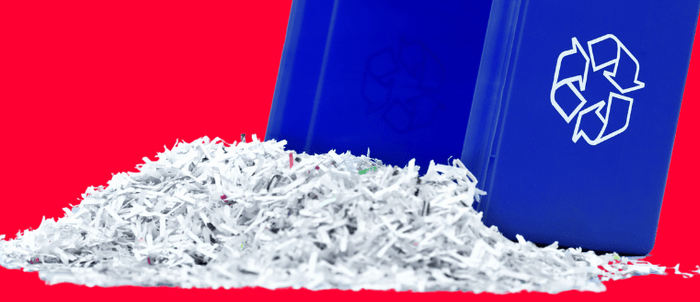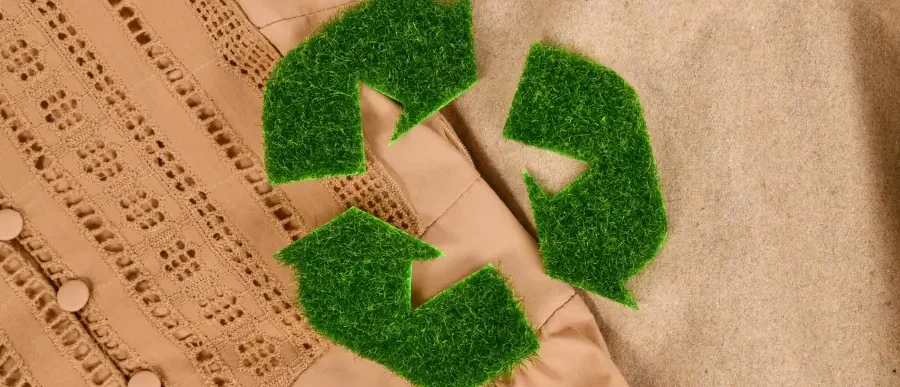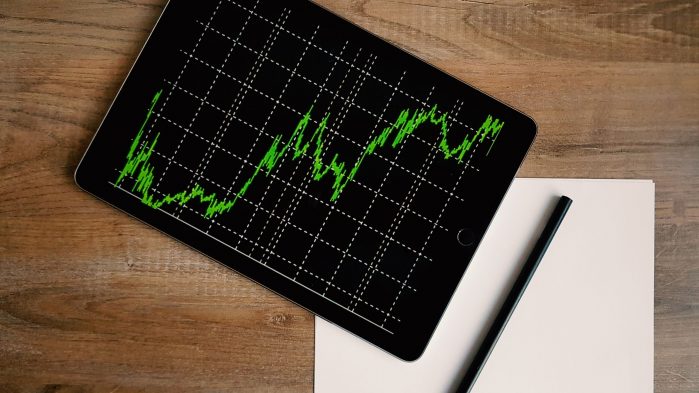
Each year the amount of e-waste our society produces continues to grow. Conversely, the ways in which we dispose of our e-waste needs to rise to meet that challenge. Once a machine has served its purpose, like most things, it’s designed to be disposed of. That doesn’t necessarily mean “thrown away”. The rise in e-waste has also given rise to a robust and growing e-recycling movement.
Even as e-recycling grows in acceptance and popularity, it still accounts for only a fraction of the e-waste that is properly handled. We spoke to Scott Sobol, managing partner of the company Computuners and its e-recycling branch called RecycleIT, about trends in e-waste. Scott has made it his mission to inform people about the hazards of e-waste and how easy it is to recycle. Watch the video below to hear what he has to say.
What Exactly is E-Waste?
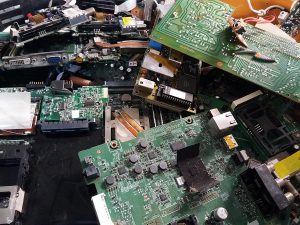 E-waste is basically any discarded electronic device that contains chips, boards, metals, and circuitry. Almost all of our modern devices utilize a variety of these components. Scott defines e-waste as any electronic device that has outlived its usefulness to you.
E-waste is basically any discarded electronic device that contains chips, boards, metals, and circuitry. Almost all of our modern devices utilize a variety of these components. Scott defines e-waste as any electronic device that has outlived its usefulness to you.
What many people don’t know, is that almost all of these devices contain a variety of conductive and precious metals like gold and copper. A single device won’t contain enough precious metals to make a huge financial impact, but combined, the research is astounding. According to a study by the U.N., it’s estimated that roughly $10 billion dollars worth of precious metals are dumped into landfills each year.
In addition to any useful or valuable parts, electronic devices are also loaded with harmful chemicals and materials that you wouldn’t want getting into a landfill. Almost all electronics contain some combination of lead, mercury, cadmium, and plastics that can take ages to break down. Scott says that some of these materials “take thousands of years” to biodegrade.
Some Facts & Figures

The most recent figures estimate that only about 22.3% of the world’s e-waste is recycled each year. Aside from being incredibly wasteful and harmful to the environment, much of this e-waste could be reused or recycled. In the U.S. alone, e-waste only accounts for about 2% of the waste in our landfills. Although this doesn’t sound too daunting, that same 2% also accounts for about 70% of the toxic chemicals and metals in those landfills.
E-waste is considered the fastest growing trash producer on the planet. In 2020 alone, the world produced roughly 57 tons of e-waste. To make that figure more digestible, The NY Times described that as “enough to fill more than a million 18-wheel trucks stretching from New York to Bangkok and back.”
Currently there are only two EPA recognized certifications for proper e-waste disposal. The first is an R2 certification which stands for Responsible Recycling. The other is called e-stewards. Both of these designations offer the highest standards for recycling e-waste currently on the market. Companies with these certifications have demonstrated, through routine audits, that all of their recycling practices meet or exceed the environmental standards for proper disposal and management.
Solutions

As Scott points out, it’s incumbent on all of us to do our part, because we only get one planet. In most cases it’s not that difficult to recycle old electronics. Many communities host shredding events several times per year to help their neighbors get rid of e-waste.
Once any sensitive data is destroyed, almost all of these devices could have some form of second life. That might be either through repurposing, reusing, or disassembling for parts.
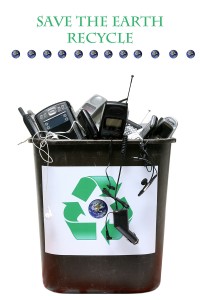
In many cases, these items that are no longer needed can even be refurbished and donated to charitable organizations. With schools and businesses switching between in-person and remote activities, the need for affordable and accessible machines is greater than ever. Just be sure that you erase any personal information from these machines before donating. You can also ask if your e-recycler has any certifications for an added level of protection.
As if these reasons weren’t enough, it’s also the law to properly dispose of e-waste in 25 states. That number continues to grow as states are realizing the harmful effects of letting these devices sit in landfills. New legislation is being introduced continually to make sure that these issues don’t affect future generations.
Shred Nations Can Help

Contact Shred Nations today to learn more about recycling e-waste. We can put you in touch with top professionals in your area so you can be sure your aging electronics are disposed of according to the highest industry standards. Many of our partners have options for you to drop off your devices, or we can arrange to have them picked up. We can also help you organize a community shredding event so you can help your friends and neighbors get rid of their unwanted e-waste.
All of this is much easier than you might think. To start the process fill out the form to the right, use the live chat option, or give us a call at (800) 747-3365. You’ll receive a free, no-obligation quote in minutes from e-waste specialists in your area.






